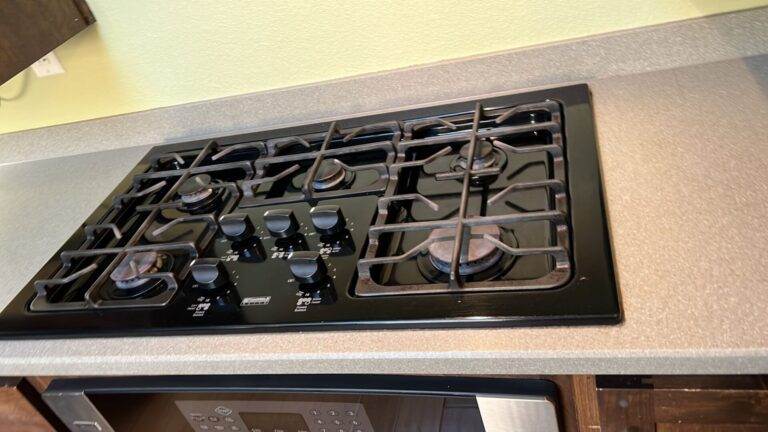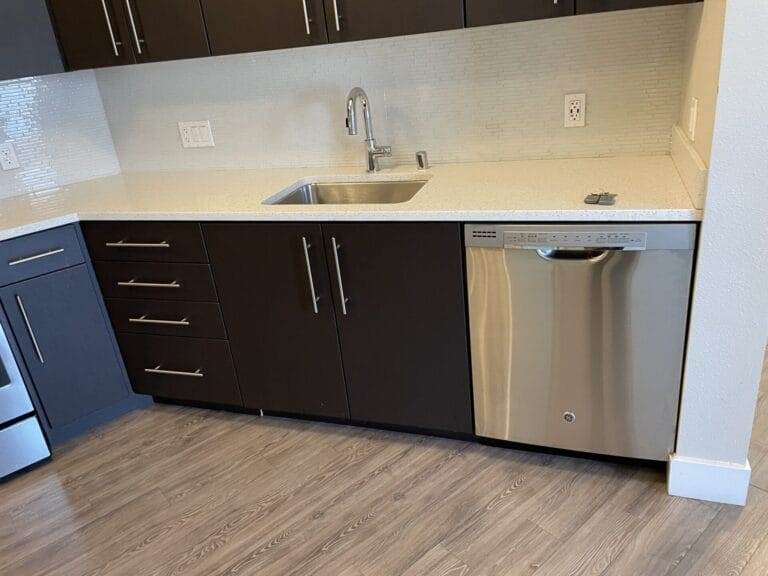Post-renovation cleaning is an essential step in the process of completing any home renovation project. It involves thoroughly cleaning and tidying up the space after construction or remodeling work has been done. This type of cleaning is important for several reasons, including removing dust and debris, restoring shine to floors and surfaces, eliminating lingering odors, and addressing mold and mildew concerns. By taking the time to properly clean up after renovations, homeowners can ensure that their newly renovated space is clean, safe, and ready to be enjoyed.
Preparing for the Cleaning Process
Before beginning the post-renovation cleaning process, it is important to prepare the space properly. This involves clearing the area of any furniture or belongings that may hinder the cleaning process. It is also important to gather all necessary cleaning supplies, such as vacuum cleaners, dusting tools, cleaning solutions, and microfiber cloths. Additionally, it is crucial to protect surfaces and furniture from potential damage during the cleaning process by using drop cloths or plastic covers.
Cleaning Up Dust and Debris
One of the main tasks in post-renovation cleaning is removing dust and debris that may have accumulated during the construction or remodeling process. Using a vacuum cleaner with a HEPA filter is an effective way to remove dust from floors, carpets, and upholstery. Dusting surfaces with a microfiber cloth or duster can help remove dust from furniture, countertops, and other surfaces. Cleaning walls and ceilings may require using a damp cloth or sponge to wipe away any dust or dirt that has settled.
Deep Cleaning Carpets and Upholstery
Carpets and upholstery can easily collect dust and debris during renovations. To deep clean carpets and upholstery, start by vacuuming them thoroughly to remove any loose dirt or debris. Steam cleaning is an effective method for deep cleaning carpets and upholstery, as it uses hot water extraction to remove dirt and stains. Spot cleaning stains on carpets and upholstery can be done using a carpet or upholstery cleaner and a clean cloth.
Tackling Hard-to-Reach Areas
During renovations, dust and debris can accumulate in hard-to-reach areas such as air vents, light fixtures, and behind appliances and furniture. Cleaning air vents and ducts can be done using a vacuum cleaner with a brush attachment or by hiring a professional duct cleaning service. Light fixtures and ceiling fans can be cleaned using a microfiber cloth or duster. Moving appliances and furniture to clean behind them can help remove any dust or debris that may have accumulated.
Restoring Shine to Floors and Surfaces

After renovations, floors and surfaces may need some extra attention to restore their shine. Cleaning and polishing hardwood floors can be done using a hardwood floor cleaner and a microfiber mop or cloth. Tile and grout can be cleaned using a tile and grout cleaner and a scrub brush. Sealing tile and grout can help protect them from future stains and damage. Countertops and surfaces can be cleaned using a surface cleaner or disinfectant spray, followed by polishing with a microfiber cloth.
Eliminating Lingering Odors
Renovations can often leave behind lingering odors, such as paint fumes or construction smells. To eliminate these odors, it is important to use air purifiers and dehumidifiers to improve air quality and reduce moisture levels. Odor-eliminating sprays and candles can also help mask any unpleasant smells. Additionally, cleaning the space thoroughly and airing it out by opening windows can help remove any lingering odors.
Addressing Mold and Mildew Concerns
Mold and mildew can be a common concern after renovations, especially in areas that have been exposed to moisture. It is important to identify any signs of mold or mildew, such as musty odors or visible growth. Cleaning and removing mold and mildew can be done using a mold and mildew cleaner and a scrub brush. It is important to wear protective gear, such as gloves and a mask, when dealing with mold and mildew. Preventing future mold and mildew growth can be done by addressing any moisture issues, such as leaks or high humidity levels.
Tips for Maintaining a Clean Home After Renovations
After completing the post-renovation cleaning process, it is important to establish a regular cleaning schedule to maintain a clean home. This includes tasks such as vacuuming, dusting, mopping, and wiping down surfaces on a regular basis. Using doormats and shoe racks can help prevent dirt and debris from being tracked into the home. Keeping clutter to a minimum can also make cleaning easier and help maintain a clean and organized space.
Hiring a Professional Cleaning Service for the Job
While it is possible to tackle post-renovation cleaning on your own, hiring a professional cleaning service can offer several benefits. Professional cleaners have the experience, expertise, and equipment necessary to thoroughly clean and sanitize the space. They can also save homeowners time and effort by taking care of the cleaning process from start to finish. When choosing a professional cleaning service, it is important to research their reputation, read reviews, and ask for references. It is also important to discuss expectations and specific cleaning needs before hiring a service.
Post-renovation cleaning is an important step in completing any home renovation project. It involves thoroughly cleaning and tidying up the space after construction or remodeling work has been done. By properly cleaning up after renovations, homeowners can ensure that their newly renovated space is clean, safe, and ready to be enjoyed. Taking the time to prepare for the cleaning process, remove dust and debris, deep clean carpets and upholstery, tackle hard-to-reach areas, restore shine to floors and surfaces, eliminate lingering odors, address mold and mildew concerns, and maintain a clean home can help create a comfortable and healthy living environment. Whether homeowners choose to tackle the cleaning process themselves or hire a professional cleaning service, the end result will be a clean and beautiful space to enjoy for years to come.
FAQs
What is renovation?
Renovation is the process of improving or updating a building or property. It involves making changes to the structure, design, or functionality of a space.
Why is cleaning after renovation important?
Cleaning after renovation is important to remove dust, debris, and other materials that may have accumulated during the renovation process. It helps to ensure that the space is safe and healthy for occupants and can also improve the overall appearance of the space.
What are some common cleaning challenges after renovation?
Common cleaning challenges after renovation include removing dust and debris from hard-to-reach areas, cleaning up paint and other construction materials, and removing any lingering odors from the renovation process.
What are some expert tips for cleaning after renovation?
Expert tips for cleaning after renovation include using a HEPA filter vacuum to remove dust, wiping down surfaces with a damp cloth, using a degreaser to remove any sticky residue, and using an air purifier to improve air quality.
How long does it take to clean after renovation?
The length of time it takes to clean after renovation depends on the size of the space and the extent of the renovation. It can take anywhere from a few hours to several days to complete a thorough cleaning.
Can I clean after renovation myself or should I hire a professional?
You can clean after renovation yourself, but it may be more efficient and effective to hire a professional cleaning service. Professional cleaners have the experience and equipment necessary to thoroughly clean after renovation and can save you time and effort.
What should I do if I encounter mold during the cleaning process?
If you encounter mold during the cleaning process, it is important to take proper precautions to avoid exposure. Wear protective gear such as gloves and a mask, and consider hiring a professional mold remediation service to safely remove the mold.






